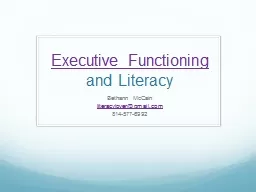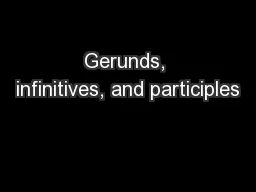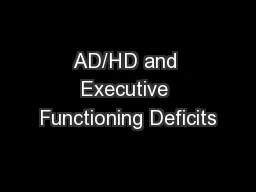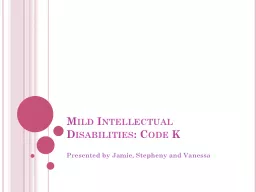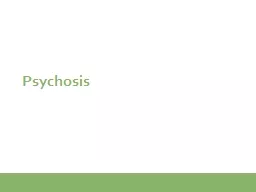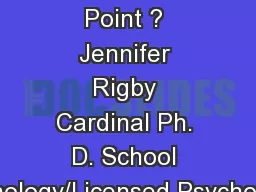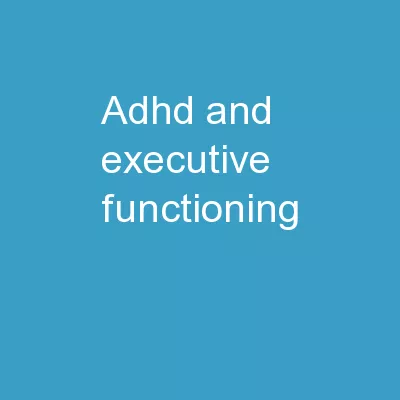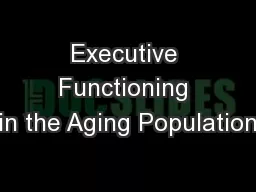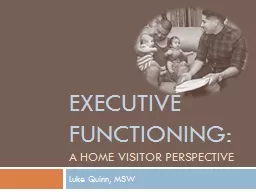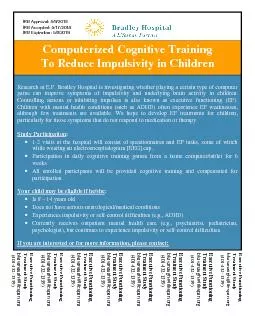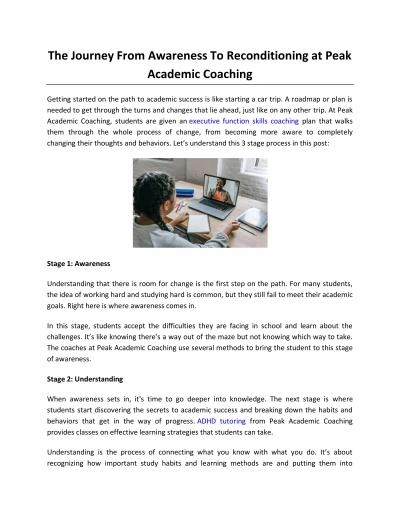PPT-Executive Functioning
Author : marina-yarberry | Published Date : 2016-05-18
and Literacy Bethann McCain literacylovergmailcom 8145776992 The Cookie Problem from Richard Guare PhD Problem to be solved Who wore which color Rachel Linda
Presentation Embed Code
Download Presentation
Download Presentation The PPT/PDF document "Executive Functioning" is the property of its rightful owner. Permission is granted to download and print the materials on this website for personal, non-commercial use only, and to display it on your personal computer provided you do not modify the materials and that you retain all copyright notices contained in the materials. By downloading content from our website, you accept the terms of this agreement.
Executive Functioning: Transcript
Download Rules Of Document
"Executive Functioning"The content belongs to its owner. You may download and print it for personal use, without modification, and keep all copyright notices. By downloading, you agree to these terms.
Related Documents

